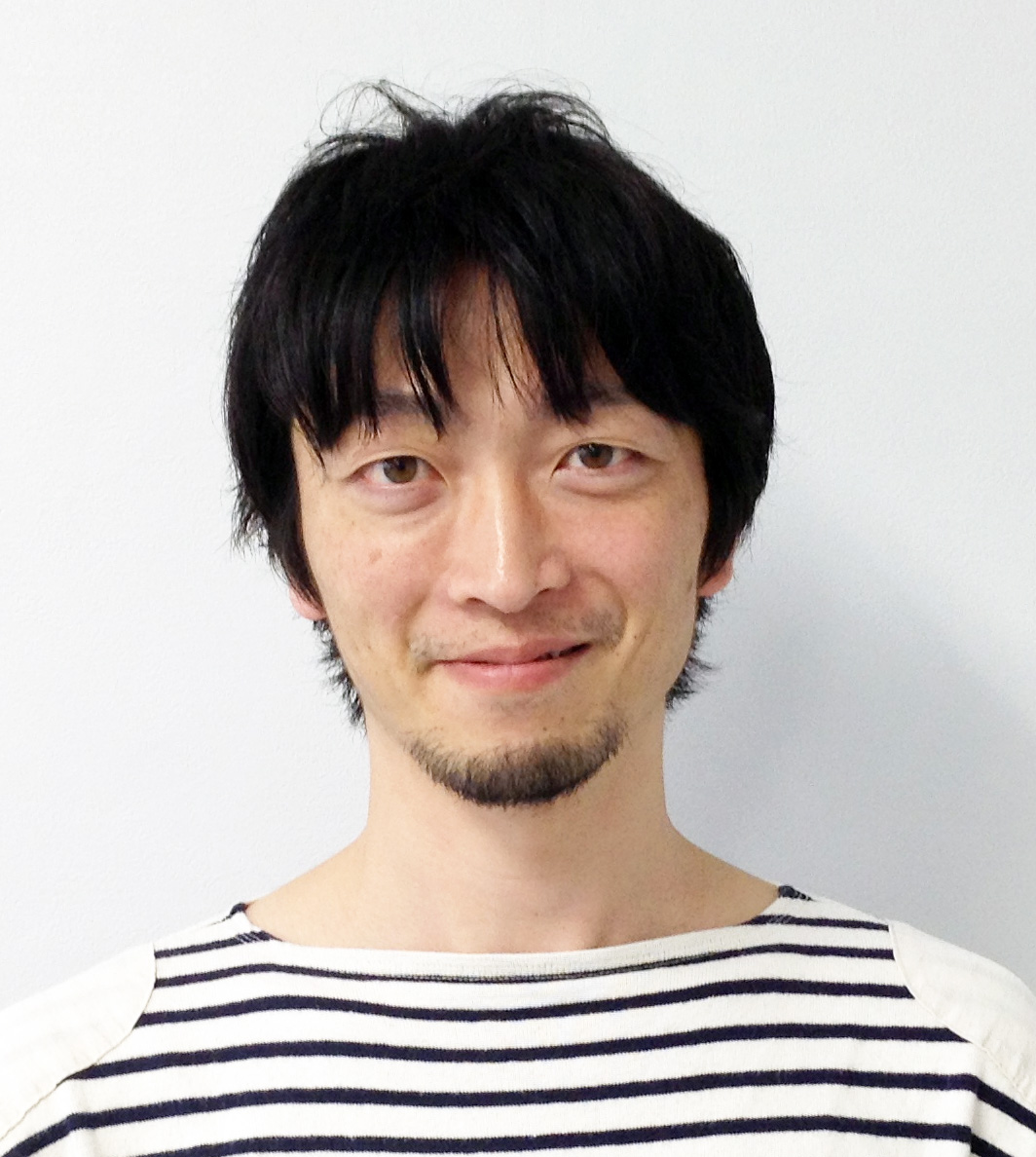Related Outline
In order to organize organs, tissues are comprised of a multitude of cells that can be regulated by both intrinsic and extrinsic mechanisms during morphogenesis. These mechanisms include inherited genetic programs and the extracellular environment, such as forces sensation, respectively. Forces are widely recognized as crucial factors for determining cellular properties and tissue organization. My research objective is to understand the intricate shape of the heart, which continuously experiences various types of forces from all sides of cells. However, the mechanism remains largely unclear. I have taken several approaches, encompassing cell biology, developmental biology, and biophysics, which have mainly shed light on: 1) the Hippo signaling mechanism during early heart morphogenesis, 2) a novel mechanism for the differentiation and development of cardiac muscle cells, and 3) the force-dependent bioelectric mechanism involved in the formation of cardiac valves. Based on latest research, I have started to incorporate biophysical approaches, thus I would like to take excellent opportunities to learn about the perspectives of physics through this collaborative grant. I employ zebrafish embryos, which possess numerous advantages as a developmental model, and have been studying them for over 15 years since my Ph.D. course. I have become a JST FOREST researcher (SOHATSU in Japanese) since 2023 and I plan to implement a new model animal.
My hobbies are traveling and cycling. Actually, when I step into France as a researcher, I just brought a suitcase and a road bike. I have had the several chance to watch the live Tour de France what I seriously wanted. Recently, I have become heavily dependent on running to overcome the lack of exercise resulting from the COVID-19 pandemic.
Career
Hajime studied pharmaceutical sciences as an undergraduate student and a Master’s graduate student in Nagoya City University, then obtained his Ph.D. (biostudies) from Kyoto University (Laboratory of Bioimaging and Cell Signaling) in 2009. From 2009 to 2012, he was an assistant professor at Kyoto Prefectural University of Medicine (Department of Developmental Biology and Anatomy) and focused on the ciliary proteins in the organ development. Since 2012, Hajime is affiliated in the Department of Cell Biology at the National Cerebral and Cardiovascular Center (NCVC) Research Institute, Osaka, Japan (as a staff scientist in 2012-2021, then promoted as a laboratory chief in 2022-2023). During 2017-2020, he temporary quit his job and studied heart valve morphogenesis in response to the mechanical forces in the lab of Julien VERMOT at the Institut de Génétique et de Biologie Moléculaire et Cellulaire (IGBMC), Strasbourg, France. From 2023 July, he starts to organize his laboratory as an independent associate professor.
Representative Achievements
- Cardiac forces regulate zebrafish heart valve delamination by modulating Nfat signalling
Chow RW, Fukui H, Chan WX, Tan KSJ, Roth S, Duchemin A-L, Messaddeq N, Nakajima H, Liu F, Faggianelli-Conrozier N, Klymchenko A, Yap CH, Mochizuki N, Vermot J*
PLOS Biology, 2022: 20;e3001505.
DOI: https://doi.org/10.1371/journal.pbio.3001505 - Bioelectric signaling and the control of cardiac cell identity in response to mechanical forces
Fukui H, Chow RW, Xie J, Foo YY, Yap CH, Minc N, Mochizuki N, Vermot J*
Science, 2021: 374;351-354.
DOI: https://doi.org/10.1126/science.abc6229 - The cilium as a force sensor: myth versus reality
Ferreira RR, Fukui H, Chow RW, Vilfan A, Vermot J*
Journal of Cell Science, 2019:132;jcs213496.
DOI: https://doi.org/10.1242/jcs.213496 - Hippo signaling determines the number of venous pole cells that originate from the anterior lateral plate mesoderm in zebrafish
Fukui H, Miyazaki T, Chow RW, Ishikawa H, Nakajima H, Vermot J, Mochizuki N*
eLife, 2018: 7;e29106.
DOI: https://doi.org/10.7554/eLife.29106 - S1P-Yap1 signaling regulates endoderm formation required for cardiac precursor cell migration in zebrafish
Fukui H, Terai K, Nakajima H, Chiba A, Fukuhara S, and Mochizuki N*
Developmental Cell, 2014: 31;128-36.
DOI: https://doi.org/10.1016/j.devcel.2014.08.014

